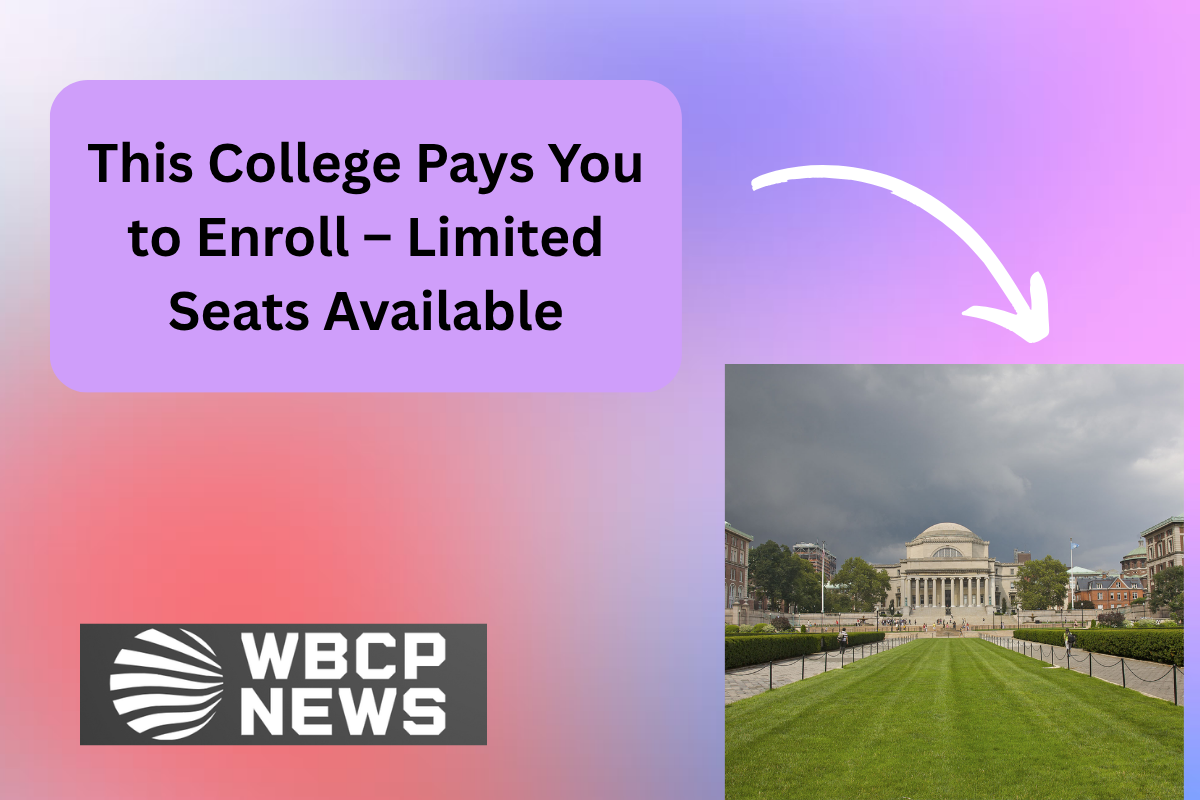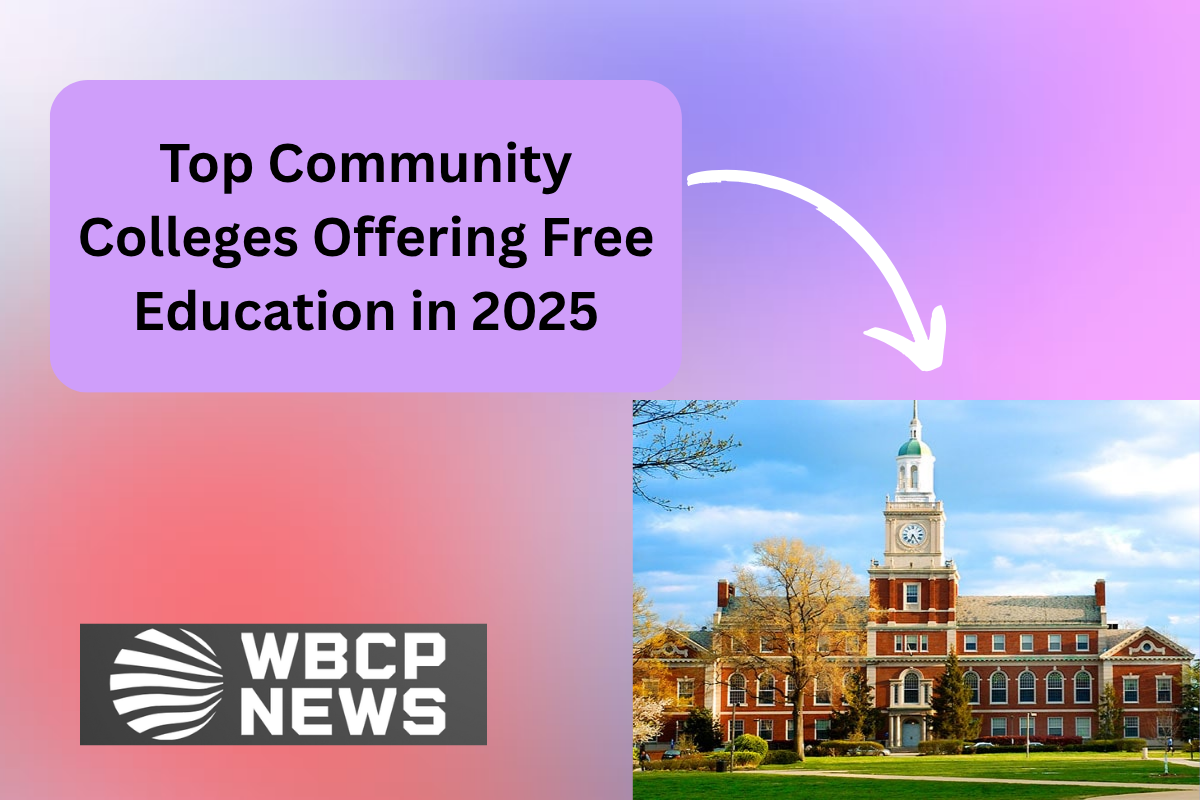Imagine getting paid to go to college instead of paying hefty tuition fees. In a surprising move, a few forward-thinking U.S. colleges are offering financial incentives to students who choose to enroll. These programs, driven by a mix of labor shortages, state funding, and a push to re-energize higher education, are creating buzz across the nation. But with limited seats available, students must act fast.
Why Are Colleges Offering to Pay Students?
Some community and technical colleges, especially in states with high-demand industries, are offering stipends, free tuition, and even monthly payments to students. The goal is to encourage more individuals to pursue education in areas like healthcare, IT, and skilled trades. It’s part of a bigger strategy to fill labor gaps and boost local economies.
What Kind of Incentives Are Being Offered?
The financial perks vary by institution and location. In some cases, students receive $500 to $1,500 in direct stipends. Others offer free housing, transportation cards, or meal plans. Some programs even provide job placement guarantees after graduation. It’s not just about learning—it’s about graduating with zero debt and real job prospects.
Who Qualifies for These Programs?
Eligibility often depends on residency, income, and program of study. Many of these incentives are reserved for in-state students or those enrolling in specific majors tied to workforce needs. Some colleges also prioritize first-generation students or those from underserved communities to ensure broader access to higher education.
Act Fast – Seats Are Limited
Because these programs are relatively new and highly attractive, they fill up quickly. Interested students should check eligibility requirements, gather documents, and apply early. Many institutions operate on a first-come, first-served basis, so hesitation could mean missing out on a life-changing opportunity.
Getting paid to go to college might sound too good to be true—but for a growing number of students, it’s a real option. These programs are reshaping how we think about education affordability and access. If you’re serious about your future and want to avoid student debt, this could be your golden ticket. Just don’t wait too long—the seats are limited, and the opportunity won’t last forever.
FAQ’s:
1. Which colleges are offering to pay students to enroll?
Some community and technical colleges in states like Michigan, Kentucky, and Texas have launched these programs for 2025.
2. How much money can a student receive?
Students may receive between $500 and $1,500 in stipends, plus other benefits like free housing or meal plans depending on the college.
3. Do I have to study a certain major to qualify?
Yes, most programs focus on in-demand fields such as healthcare, IT, teaching, or skilled trades.
4. Are these programs available to out-of-state students?
In most cases, the offers are reserved for in-state or regional students, though exceptions may exist based on need or merit.
5. How do I apply?
Visit the college’s official website, review the financial aid or scholarship section, and submit the required documents as early as possible.















